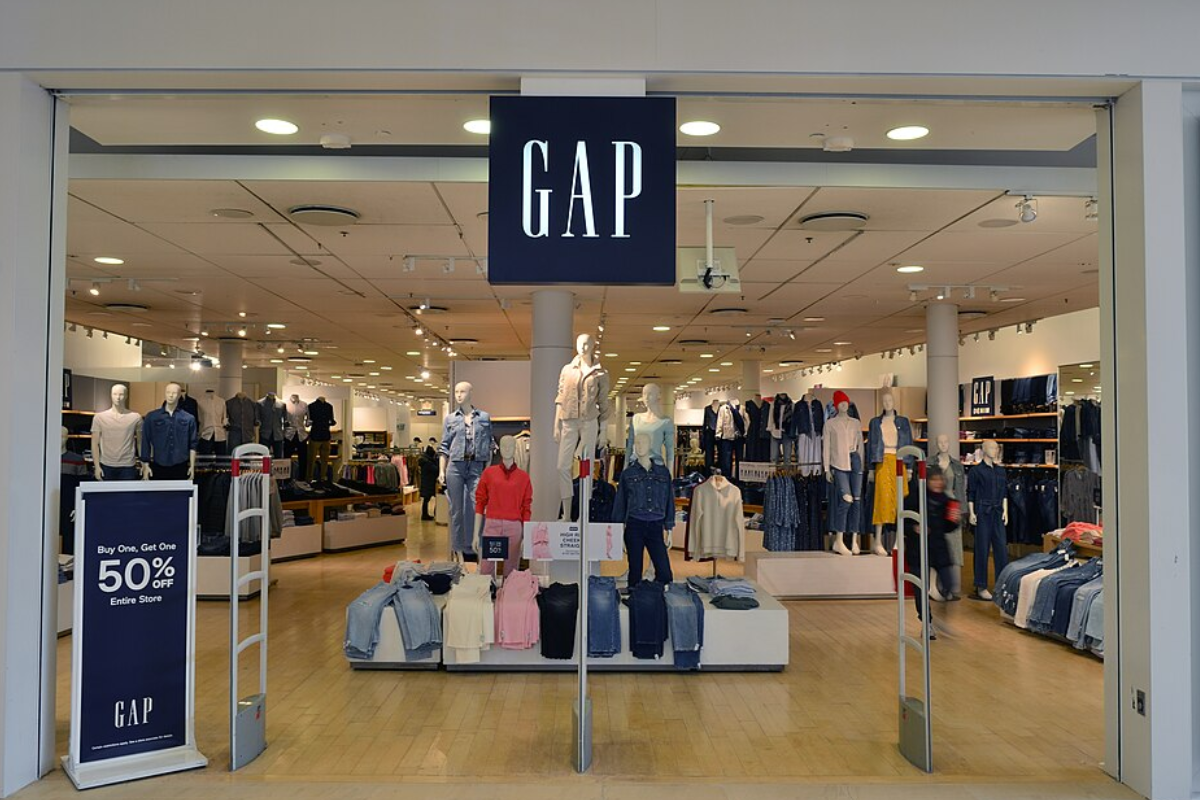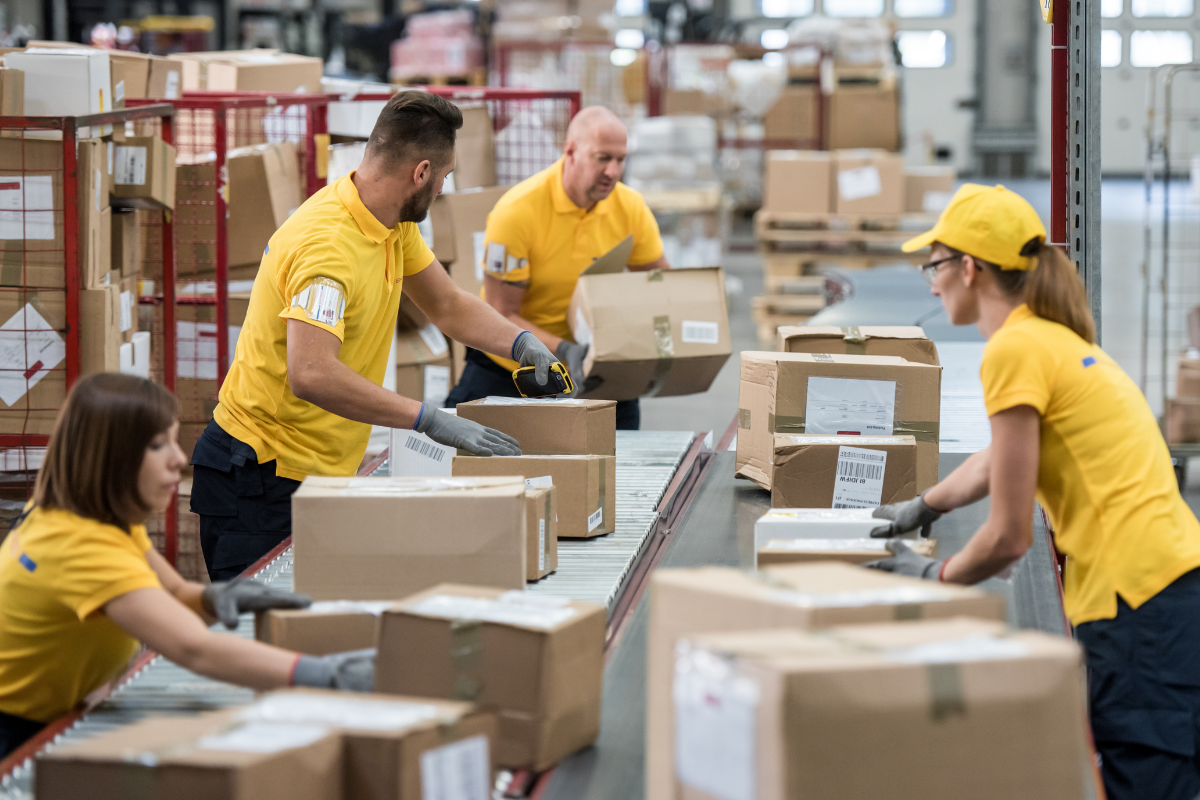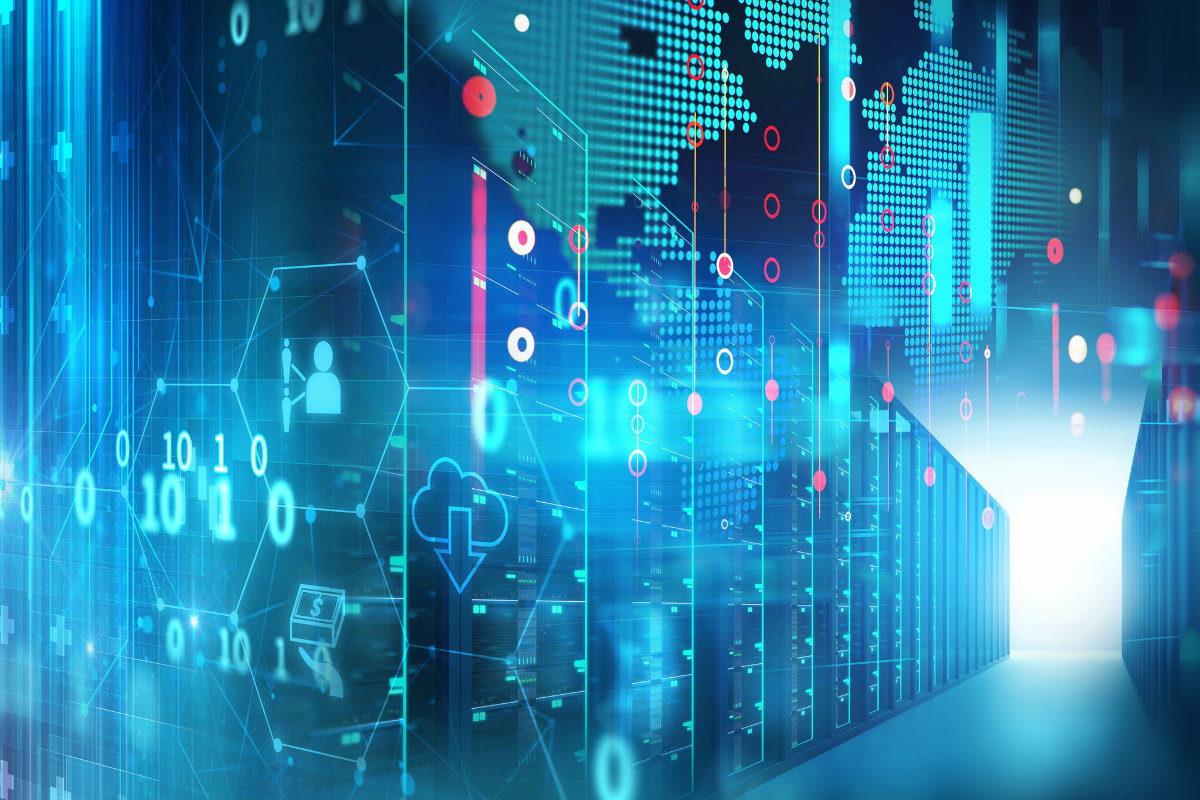
Gap Inc. Scales Robotic Unloading To Boost Efficiency
Facing rising labor intensity from e-commerce fulfillment, Gap Inc. is using mobile trailer-unloading robots to restructure inbound workflows across its North American distribution network. The

Facing rising labor intensity from e-commerce fulfillment, Gap Inc. is using mobile trailer-unloading robots to restructure inbound workflows across its North American distribution network. The

As decentralized purchasing gains traction, a hidden cost is creeping into procurement: shadow spend. Whether through freelance platforms, rogue SaaS signups, or low-volume tail suppliers,

Generative AI is reshaping how companies detect supply chain risks, evaluate supplier exposure, and simulate disruption scenarios. While the technology shows clear strategic promise, its

Academy Sports is recalibrating its sourcing and inventory strategies to hold the loyalty of higher-income shoppers drawn to value. Securing Consistency For Premium Shoppers Academy

Walgreens is compressing its retail network while counting on its supply chain to absorb patient demand and protect continuity of care. Pharmacy Consolidation Puts New

As global freight rates normalize, a quieter form of inflation is creeping into procurement portfolios. From Vietnam to Mexico and across Eastern Europe, wage floors

As global tensions mount and trade routes shift, logistics networks are being reshaped not just by demand signals, but by geopolitics. In the past, adjusting

As consumers tighten spending, IKEA is making an aggressive move, halving weekday restaurant prices and offering free kids’ meals. But this isn’t just a hospitality

Enterprise cloud bills have ballooned over the past 24 months—driven by AI workloads, decentralized usage, and unchecked service sprawl. While CIOs and engineering teams often

As fulfillment demands spike ahead of peak seasons, many warehouses wait for disruption to expose their weakest links. But that approach is changing. Companies are

Facing rising labor intensity from e-commerce fulfillment, Gap Inc. is using mobile trailer-unloading robots to restructure inbound workflows across its North American distribution network. The

As decentralized purchasing gains traction, a hidden cost is creeping into procurement: shadow spend. Whether through freelance platforms, rogue SaaS signups, or low-volume tail suppliers,

Generative AI is reshaping how companies detect supply chain risks, evaluate supplier exposure, and simulate disruption scenarios. While the technology shows clear strategic promise, its

Academy Sports is recalibrating its sourcing and inventory strategies to hold the loyalty of higher-income shoppers drawn to value. Securing Consistency For Premium Shoppers Academy

Walgreens is compressing its retail network while counting on its supply chain to absorb patient demand and protect continuity of care. Pharmacy Consolidation Puts New

As global freight rates normalize, a quieter form of inflation is creeping into procurement portfolios. From Vietnam to Mexico and across Eastern Europe, wage floors

As global tensions mount and trade routes shift, logistics networks are being reshaped not just by demand signals, but by geopolitics. In the past, adjusting

As consumers tighten spending, IKEA is making an aggressive move, halving weekday restaurant prices and offering free kids’ meals. But this isn’t just a hospitality

Enterprise cloud bills have ballooned over the past 24 months—driven by AI workloads, decentralized usage, and unchecked service sprawl. While CIOs and engineering teams often

As fulfillment demands spike ahead of peak seasons, many warehouses wait for disruption to expose their weakest links. But that approach is changing. Companies are

©Your trusted source for cutting-edge insights, best practice frameworks, and the latest news tailored exclusively for Supply Chain leaders.
Part of 360 Intelligence Ltd